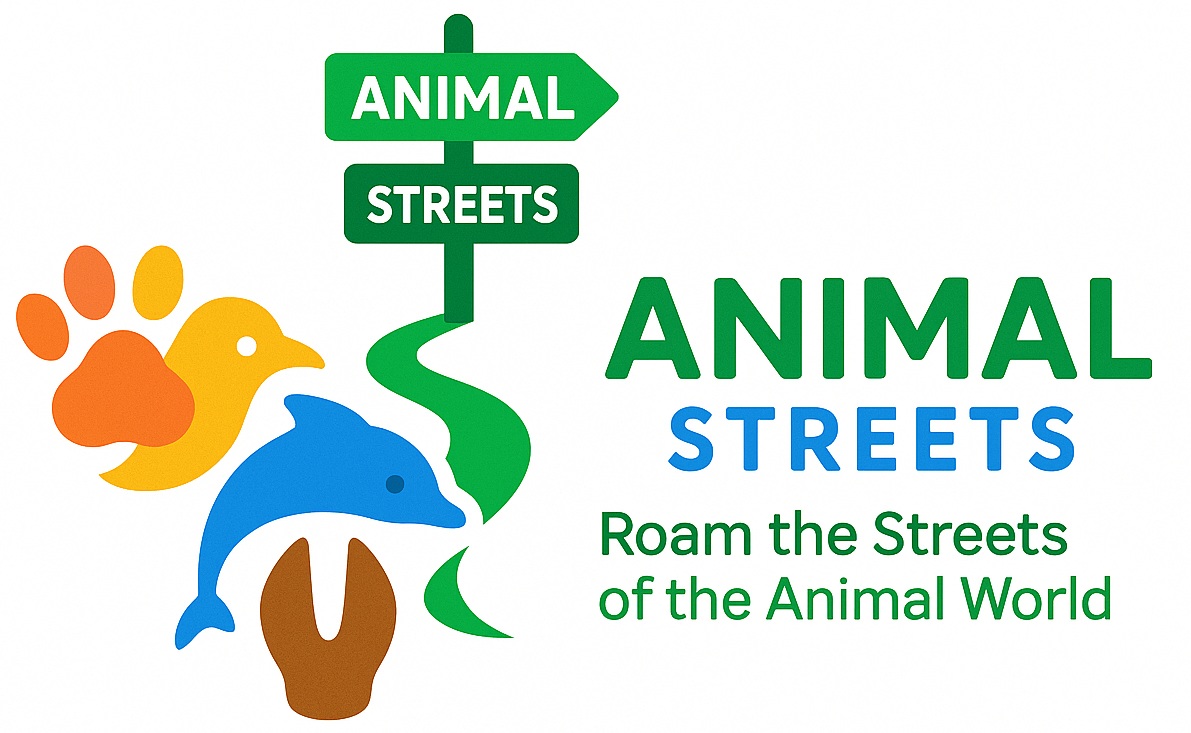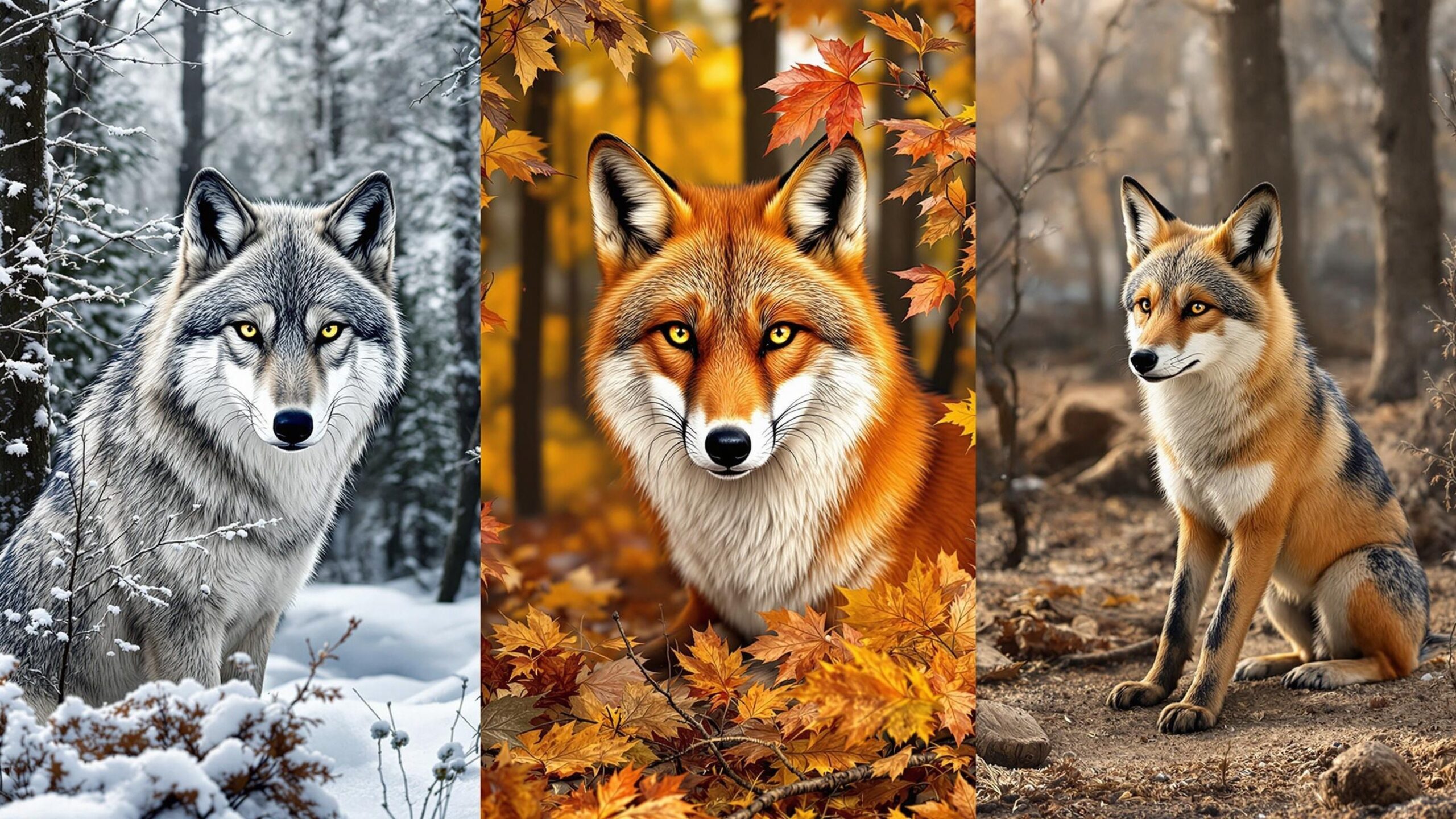Wild Dogs and Canine Relatives: Masters of Adaptation in the Animal Kingdom
There’s a primal thrill in watching a pack of wolves sprint across a snowy expanse, or seeing a jackal slink silently through tall savanna grass, or hearing the eerie whoop of an African wild dog echo across the plains. These are moments that stir something ancient in us—a deep-rooted connection to the wild. Wild dogs and their canine relatives, members of the biological family Canidae, are among the most diverse, intelligent, and ecologically significant carnivores on the planet. Found on every continent except Antarctica, these highly adaptive mammals have evolved into a dazzling variety of forms and lifestyles, from solitary desert foxes to tightly bonded wolf packs. Whether stalking prey as apex predators or scavenging with opportunistic cleverness, canines play crucial roles in maintaining the balance of ecosystems worldwide.
This guide serves as a comprehensive introduction to the remarkable world of wild dogs and their close relatives. We’ll explore their evolutionary background, social complexity, hunting strategies, and the fascinating diversity that exists within this group. From the famous gray wolf to the lesser-known bush dog, each subgroup carries its own story of survival, adaptation, and beauty. These animals are not just survivors of the wild—they are architects of it.
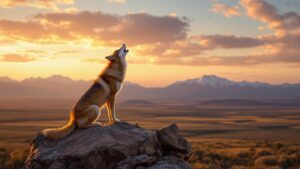
Coyotes
Coyotes: The Resilient Tricksters of the American Wild As dawn breaks across the plains, a familiar, haunting chorus rises—a blend of yips, howls, and barks that echoes like a wild lullaby. The sound belongs to the coyote, a creature of myth, mystery, and survival. Sleek, cunning, and endlessly adaptable, coyotes are woven into the very fabric of North America’s wild identity. They are at home in the deserts of Arizona,
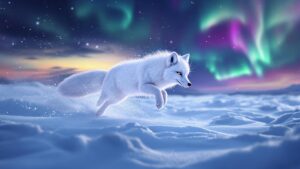
Foxes
Foxes: The Clever Shadows of the Wild That Dance Between Worlds At twilight, when the sky softens and the forest hushes, a flicker of red moves between the trees. It pauses—ears twitching, eyes gleaming, and then vanishes like a wisp of smoke. This fleeting presence is the fox: clever, quiet, and endlessly adaptable. Known as tricksters in myth, survivors in nature, and icons in human culture, foxes embody a unique
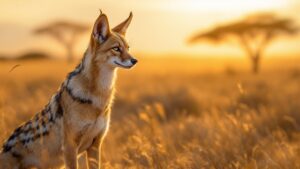
Jackals
Jackals: The Sly Survivors of the Wild Who Thrive in the Shadows As dusk paints the savanna in molten gold and shadows stretch long across the landscape, a figure emerges—not with the brute force of a lion or the silence of a leopard, but with the cunning grace of a born opportunist. With sharp eyes, keen ears, and a nose that can catch the scent of a meal from miles
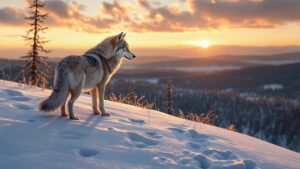
Wolves
Wolves: The Wild Architects of the Wilderness There is a haunting beauty in the cry of a wolf. That long, echoing howl doesn’t just send chills down the spine—it stirs something ancient in the human soul. Wolves have captivated our imaginations for millennia, from cave paintings to mythologies, fairy tales to conservation debates. They are not just apex predators, but living symbols of wildness, resilience, and intricate social harmony. This
The Canidae Family: A Flexible and Formidable Lineage
All members of the dog family trace their roots back to a common ancestor that lived tens of millions of years ago. Today’s canids share a number of distinctive traits: a long snout, sharp canine teeth, excellent hearing and smell, and clawed paws built for endurance rather than stealth. Unlike felines, who tend to be solitary hunters, many canids are deeply social animals, forming packs or mated pairs that rely on cooperation and communication.
The Canidae family is divided into two broad categories: the “true dogs” or canines, which include wolves, foxes, jackals, and domestic dogs; and a few more primitive or isolated lineages like the South American bush dogs and African wild dogs. This diversity reflects the family’s extraordinary adaptability. From arid deserts and icy tundras to lush forests and city suburbs, wild canines have found ways to thrive in almost every environment on Earth. Let’s explore some of the major sub-groups that make up this fascinating animal family—each with its own set of adaptations, behaviors, and ecological roles.
Wolves: The Apex Strategists of the Wild
No member of the dog family captures the imagination quite like the wolf. Known scientifically as Canis lupus, the gray wolf is one of the largest wild canids and a master of cooperation and endurance. Wolves once ranged across most of the Northern Hemisphere, from North America to Eurasia. Though their numbers have diminished due to human persecution and habitat loss, they are making a comeback in several regions, often sparking passionate debate about wildlife management and rewilding. Wolves live and hunt in tight-knit packs, usually composed of a dominant breeding pair and their offspring. Their social bonds are deep, and their communication—howling, body language, scent-marking—is complex. Wolves are capable of bringing down prey much larger than themselves, such as elk, moose, and bison, through teamwork and relentless pursuit. As apex predators, they help control ungulate populations and shape the structure of entire ecosystems, a phenomenon known as trophic cascade.
Several subspecies of wolf exist, including the Arctic wolf, the Eurasian wolf, and the Mexican gray wolf. Close relatives include the Indian wolf, Himalayan wolf, and Ethiopian wolf—all adapted to specific ecological niches, and all facing unique conservation challenges.
African Wild Dogs: The Endangered Marathon Hunters
If the wolf is the strategist of the canid world, the African wild dog is the tireless marathon runner. Known as Lycaon pictus, this highly social and charismatic species is native to sub-Saharan Africa and is renowned for its hunting efficiency and cooperative behavior. With their large round ears, lean frames, and dappled coats of brown, black, and white, African wild dogs are immediately recognizable.
Unlike other canines, African wild dogs have only four toes per foot and highly specialized teeth adapted for shearing meat. They hunt in coordinated packs that can number from five to twenty individuals, sometimes more. Their hunts boast a success rate as high as 80 percent—significantly better than that of lions or hyenas—thanks to relentless endurance and strategic teamwork. Prey includes impalas, gazelles, and other small to mid-sized ungulates. African wild dogs are critically endangered due to habitat fragmentation, human conflict, and disease transmission from domestic dogs. However, dedicated conservation programs and increasing awareness are helping protect remaining populations across reserves and wildlife corridors in Botswana, Tanzania, and South Africa.
Foxes: The Cunning Generalists of the Canine World
Foxes are the clever opportunists of the Canidae family, with around 37 species spread across almost every continent. The most well-known is the red fox (Vulpes vulpes), famous for its adaptability and intelligence. Foxes are generally smaller than wolves or wild dogs, with slender bodies, bushy tails, and upright ears. Most species are solitary hunters, relying on stealth, cunning, and a highly developed sense of hearing to find prey. Red foxes can be found in forests, grasslands, deserts, mountains, and urban areas. They eat everything from rodents and insects to berries and garbage, making them extremely successful in human-dominated landscapes. Other iconic species include the Arctic fox, which changes its coat color with the seasons and endures the planet’s harshest cold; the fennec fox, a desert dweller with enormous ears; and the bat-eared fox, which feeds mainly on termites. Foxes are cultural staples in myth and folklore around the world—tricksters, shape-shifters, and clever guides. But they also play important ecological roles by controlling rodent populations and scavenging carrion.
Jackals and Coyotes: The Agile Opportunists
Jackals and coyotes occupy the middle ground between foxes and wolves, both in size and behavior. Coyotes (Canis latrans) are native to North and Central America, while jackals are found across Africa and parts of Asia. Both animals are extraordinarily adaptable and are often seen as survivors in human-altered environments.
Coyotes have rapidly expanded their range over the past century, now inhabiting nearly every corner of North America. They are skilled hunters and scavengers, feeding on rabbits, rodents, insects, fruits, and even small livestock. While they can be solitary, coyotes also hunt in pairs or family groups. Their vocalizations—yips, howls, and barks—are famously eerie and expressive. Jackals come in three main species: the golden jackal, the black-backed jackal, and the side-striped jackal. These canines are known for their versatility, able to adapt their diet and social structure to local conditions. They are often seen scavenging alongside hyenas and vultures or preying on small mammals and birds. In folklore, jackals are often portrayed as wily and cunning, and in real life, their intelligence helps them survive in challenging environments.
South American Canids: The Isolated Innovators
South America is home to a unique cast of canids that evolved in relative isolation, resulting in unusual adaptations and behaviors. These include the maned wolf, bush dog, crab-eating fox, and the culpeo. The maned wolf (Chrysocyon brachyurus) is not a true wolf but a species all its own. It is tall and long-legged, with a fox-like face and reddish fur. Native to the grasslands of Brazil and surrounding countries, the maned wolf is mostly solitary and feeds on a mix of fruits, rodents, birds, and insects. Its favorite food is the lobeira fruit, sometimes called the “wolf apple.” Bush dogs (Speothos venaticus), on the other hand, are short-legged, pack-hunting animals that live in dense forests and wetlands. They are rarely seen and poorly understood, but they exhibit unusually cooperative social behavior and are known to pursue prey into the water. The culpeo (Lycalopex culpaeus), sometimes called the Andean fox, is one of the larger South American canids. It resembles a small wolf and plays a similar ecological role as a top predator in mountainous regions. The crab-eating fox (Cerdocyon thous) is another flexible omnivore, able to thrive in rainforests, savannas, and even disturbed habitats.
Dholes and Singing Dogs: Asia’s Vocal Outliers
Asia is home to several rare and unusual canines that defy easy categorization. Chief among them is the dhole (Cuon alpinus), also known as the Asiatic wild dog. Dholes live in social packs and are found across fragmented areas of India, Southeast Asia, and parts of China. They are agile hunters capable of bringing down deer and wild boar, and they communicate through high-pitched whistles, clucks, and chatters that have earned them the nickname “whistling dogs.” The New Guinea singing dog (Canis hallstromi) is another fascinating outlier. Famous for its harmonic howls and unique vocalizations, this rare canine is believed to be a wild descendant of ancient domesticated dogs introduced to New Guinea thousands of years ago. It lives in remote, mountainous terrain and has adapted to life in isolation. Although some consider it a subspecies of the dingo, others believe it to be a distinct lineage with significant conservation importance.
The Role of Canids in Ecosystems and Human Culture
Across all sub-groups, wild dogs and their relatives serve as ecological regulators. They control herbivore and rodent populations, disperse seeds, and even scavenge carrion that might otherwise spread disease. Their presence often strengthens ecosystems and supports the survival of many other species. Canines have also shaped human history in profound ways. From ancient cave paintings to modern conservation logos, from stories of wolves raised by gods to the domestication of the dog itself, our relationship with these animals is ancient and layered. They evoke fear, admiration, mystery, and kinship all at once. Wild dogs also serve as indicators of environmental health. When their numbers decline, it often signals broader ecosystem stress. When they return, as with wolves in Yellowstone, they can set off a chain reaction that revitalizes entire landscapes.
A Closing Howl: The Adventure Awaits
The world of wild dogs and their canine relatives is rich with diversity, drama, and ecological significance. These animals are not only fascinating in their behaviors and adaptations—they are essential to the health of the planet. Whether you’re captivated by the chilling chorus of wolves under a full moon, the playful antics of urban foxes, or the cooperative genius of African wild dogs, there’s a story waiting for you in each sub-group of this incredible animal family.
As you explore individual species pages—each brimming with more detail, imagery, and wild insights—you’ll gain a deeper appreciation for these four-legged survivors. They are the storytellers of evolution, the guardians of balance, and the wild cousins of our own domestic companions. In understanding them, we better understand nature itself. And perhaps, in their eyes, we catch a glimpse of the untamed spirit we still carry within.
